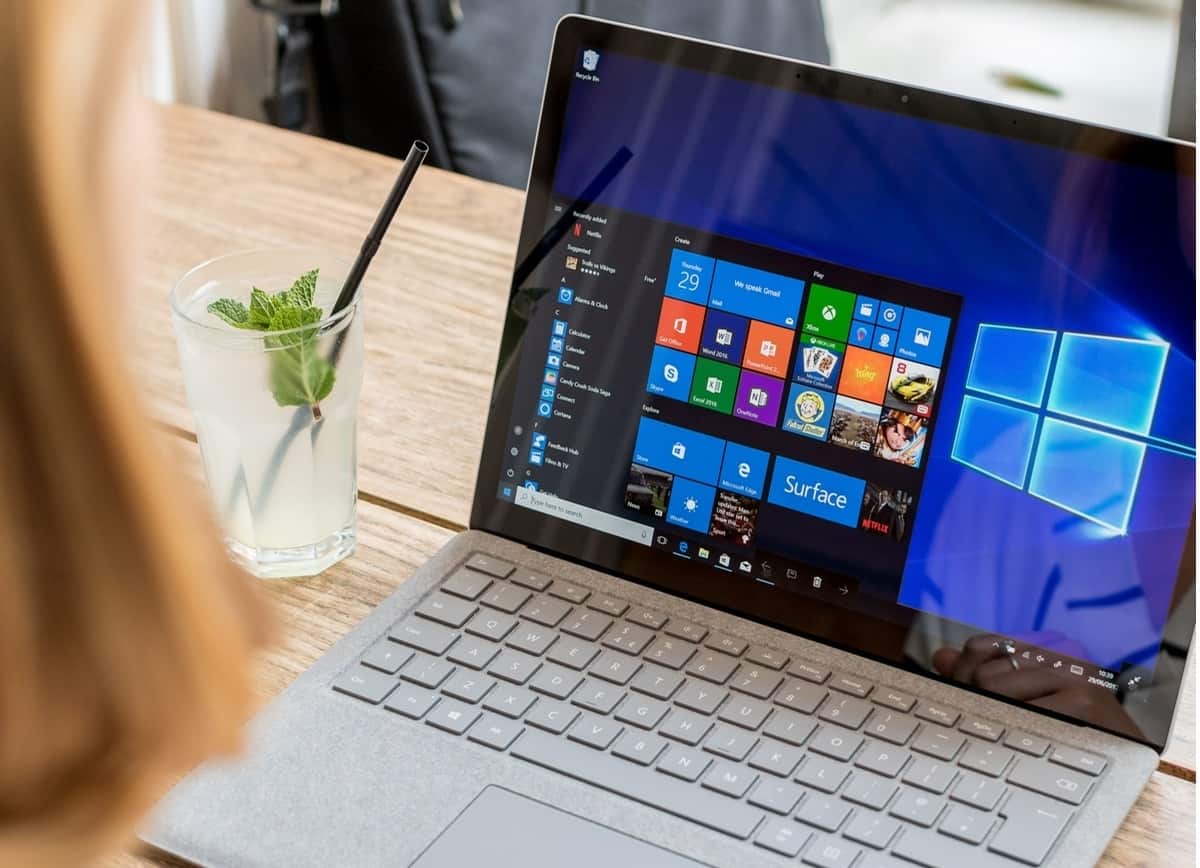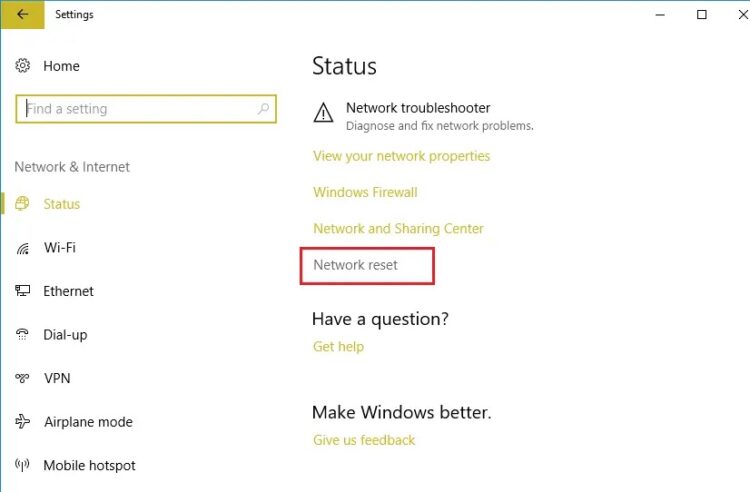
You will learn easy methods to enable Ethernet on Windows 10 with the help of the troubleshooting guide listed below:
If you cannot connect to the internet through an Ethernet cable, you must troubleshoot the problem. When you open the Network and Sharing Center, you will notice that the PC does not recognize the ethernet connection.
However, try to access the internet while connected via WiFi with the same connection. You will be able to browse the internet, indicating that the problem was caused by incorrect network configuration, corrupt or outdated network drivers, damaged or faulty ethernet cable, hardware issues, and so on.
Users who prefer Ethernet over WiFi are suffering due to this issue, as they are unable to connect to the Internet through Ethernet cable. Ethernet not working in Windows 10 is a common problem if you have updated or upgraded to Windows 10. Fortunately, there are numerous patches available that appear to resolve this issue.
So, without further ado, let’s get started!
[lwptoc]
Fix: Ethernet Not Working in Windows 10
Create a restore point just in case something goes wrong. Before proceeding, be sure to perform the following fundamental troubleshooting steps:
1. Connect the ethernet cable to another port on the router, as the specific port may be broken.
2. As the cable itself may be damaged, try using another one.
3. Unplug the cord and reconnect it again.
4. To see if the problem has been resolved, connect the ethernet to another PC. If the ethernet works on the other PC, your PC hardware may be damaged and must be repaired.
Method 1: Run Network Troubleshooter
1. Open Settings by pressing Windows Key + I, then select Update & Security.
2. Select Troubleshoot from the left-hand menu.
3. Select Internet Connections from the Troubleshoot menu, and then select Run the troubleshooter.
4. To launch the troubleshooter, follow the on-screen instructions.
5. Reboot your computer to save your modifications.
Method 2: Reset the Ethernet Adapter
1. To enter Settings, press Windows Key + I, then click on the Network & Internet icon.
2. Select Status from the left-hand menu.
3. Scroll down to the bottom of the Status section and click on the Network reset link.
4. On the Network Reset page, click on the “Reset Now” option.
5. Try connecting the Ethernet to the PC again and see if you can enable Ethernet on Windows 10.
Method 3: Enable Ethernet Device and Update Drivers
1. Launch Device Manager, use Windows Key + R, then type devmgmt.msc and press Enter.
2. Expand Network Adapters, then right-click your Ethernet device and choose Enable.
Note: If it is already enabled, skip this step.
3. Right-click it again and select Update Driver.
4. Select “Search automatically for updated driver software” and allow it to install any new drivers that become available.
5. Reboot your computer to save your changes and check again to see whether you could enable Ethernet on Windows 10.
6. If not, return to Device Manager, right-click on your Ethernet device, and select Update Driver.
7. Select “Browse my PC for driver software” this time.
8. Now, select “Let me choose from a list of available drivers on my computer.”
9. Select the most recent Realtek PCIe FE Family Controller driver and press the Next button.
10. Reboot your computer after it has finished installing the new drivers.
Method 4: Enable Ethernet Connection
1. To launch Network Connections, use Windows Key + R, then type ncpa.cpl and press Enter.
2. Right-click on the Ethernet connection and select Enable from the menu that appears.
3. This will activate the Ethernet connection; try connecting to the Ethernet network again.
Method 5: Temporarily Disable Antivirus or Firewall
1. From the system tray, right-click the Antivirus Program icon and select Disable.
2. Select the period for which the antivirus will be disabled. Choose the shortest period possible, such as 15 minutes or 30 minutes.
3. After that, try to connect to the Internet again to see if the error has been resolved.
4. In Windows Search, type control and then select Control Panel from the search results.
5. Next, go to System and Security, and then to Windows Firewall.
6. From the left window pane, select Turn Windows Firewall on or off.
7. Choose Turn off Windows Firewall and restart your computer.
Try connecting to the internet again to see if you can resolve the Ethernet Not Working in Windows 10. If the preceding technique does not work, make sure to repeat the steps to switch on your Firewall.
Method 6: Flush DNS and Reset TCP/IP
1. Right-tap on Windows Button and choose “Command Prompt(Admin).“
2. Afterward, type the following command, then press Enter after each one:
ipconfig /release
ipconfig /flushdns
ipconfig /renew
3. Again open Admin Command Prompt & type the following, then hit enter after each one:
ipconfig /flushdns
nbtstat –r
netsh int ip reset
netsh winsock reset
netsh winsock reset catalog
netsh int ipv4 reset reset.log
4. Reboot to apply changes. Flushing DNS seems to enable Ethernet on Windows 10.
Method 7: Change Power Management Settings for Ethernet
1. Launch Device Manager, use Windows Key + R, then type devmgmt.msc and press Enter.
2. Expand Network Adapters, then right-click on your Ethernet device and choose Properties.
3. In the Ethernet Properties window, navigate to the Power Management tab.
4. Next, uncheck the box next to “Allow the computer to turn off this device to save power.”
5. Select Apply, then OK.
6. Reboot your computer to save your modifications.
Method 8: Use Google DNS
1. Go to the Control Panel and select Network and Internet.
2. Next, go to Network and Sharing Center and select Change adapter settings.
3. Select your WiFi, then right-click on it and choose Properties.
4. Click Properties after selecting Internet Protocol Version 4 (TCP/IPv4).
5. Checkmark “Use the following DNS server addresses” and type the following:
Preferred DNS server: 8.8.8.8
Alternate DNS server: 8.8.4.4
6. Close everything, and you should resolve the Ethernet Not Working in Windows 10 issue.
That’s all; you’ve successfully fixed Ethernet not working in Windows 10, however; if you have any concerns about this article, please leave them in the comments below.
































